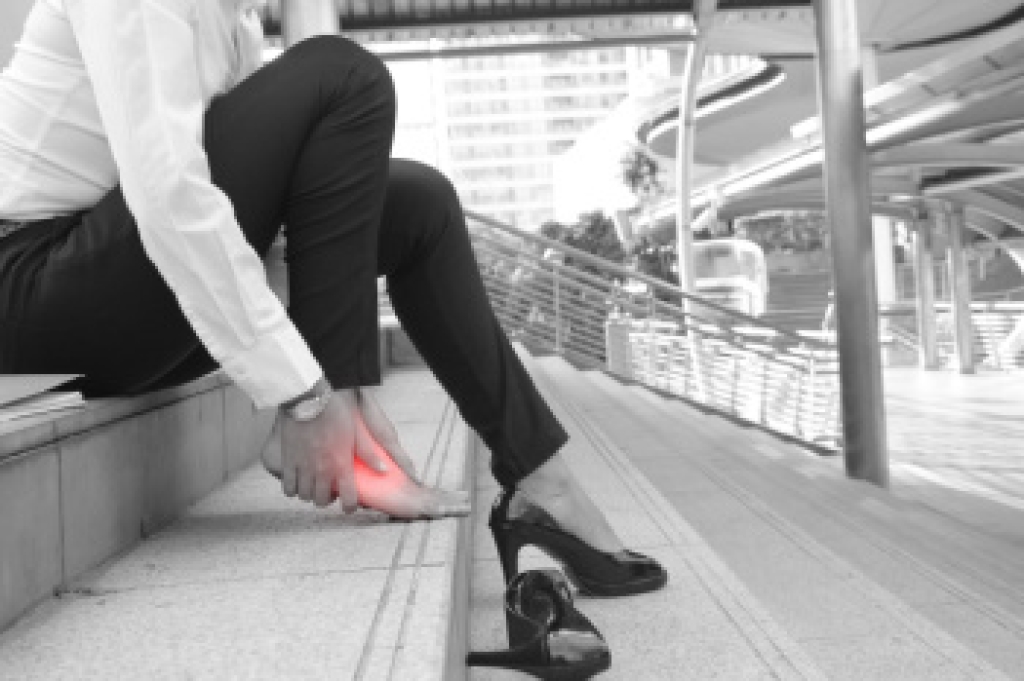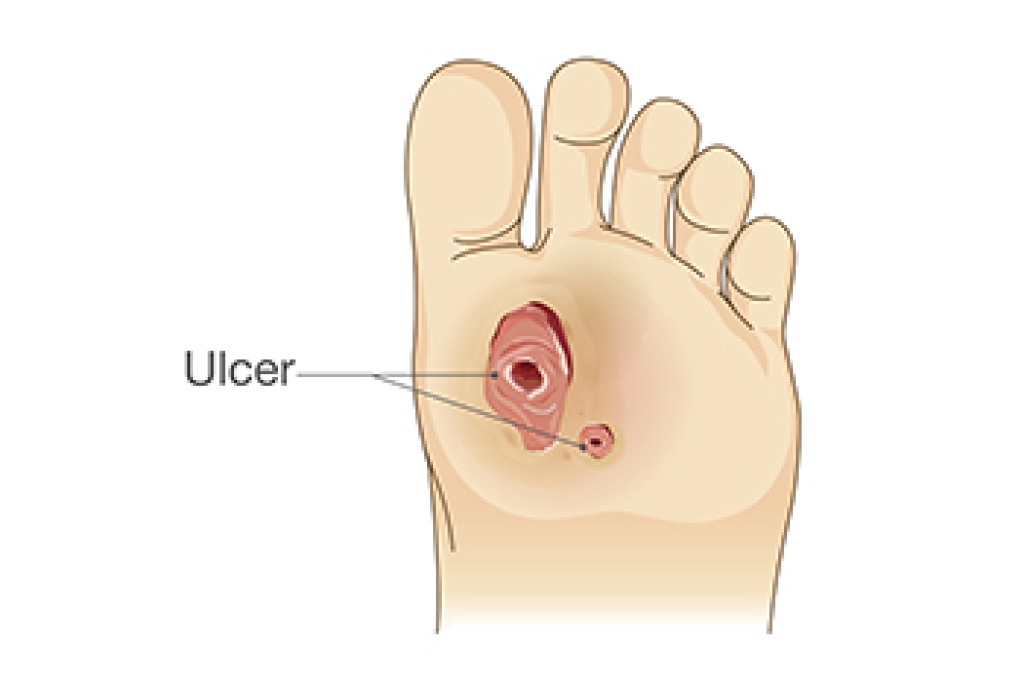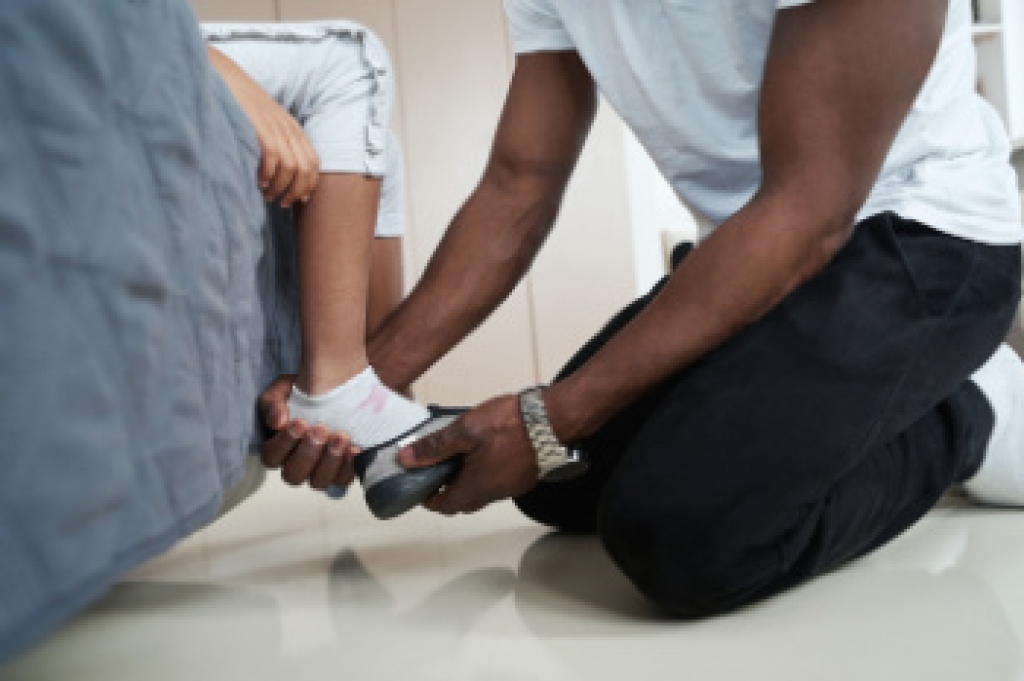
Wearing high heels regularly can lead to a range of foot and ankle problems. The forward pitch of the foot in high heels places significant pressure on the forefoot, often leading to bunions, hammertoes, corns, and neuromas. Prolonged wearing of high heels can also contribute to plantar fasciitis, a painful condition involving the tissue on the bottom of the foot. High heels limit ankle mobility, which increases strain on the Achilles tendon and calf muscles. Over time, this can shorten and tighten the tendon, raising the risk of tendon tears and muscle cramping. The altered posture caused by high heels shifts the body's alignment and places extra stress on the ankle joints, leading to pain or instability. A podiatrist can assess the impact of wearing high heels on foot structure, recommend custom inserts, and determine whether surgery is needed for long-term problems. If you are experiencing foot or ankle pain from wearing high heels, it is suggested that you schedule an appointment with a podiatrist for an exam and appropriate treatment options.
High heels have a history of causing foot and ankle problems. If you have any concerns about your feet or ankles, contact Scott Samera, DPM from Samera / Foot + Ankle. Our doctor can provide the care you need to keep you pain-free and on your feet.
Effects of High Heels on the Feet
High heels are popular shoes among women because of their many styles and societal appeal. Despite this, high heels can still cause many health problems if worn too frequently.
Which Parts of My Body Will Be Affected by High Heels?
- Ankle Joints
- Achilles Tendon – May shorten and stiffen with prolonged wear
- Balls of the Feet
- Knees – Heels cause the knees to bend constantly, creating stress on them
- Back – They decrease the spine’s ability to absorb shock, which may lead to back pain. The vertebrae of the lower back may compress.
What Kinds of Foot Problems Can Develop from Wearing High Heels?
- Corns
- Calluses
- Hammertoe
- Bunions
- Morton’s Neuroma
- Plantar Fasciitis
How Can I Still Wear High Heels and Maintain Foot Health?
If you want to wear high heeled shoes, make sure that you are not wearing them every day, as this will help prevent long term physical problems. Try wearing thicker heels as opposed to stilettos to distribute weight more evenly across the feet. Always make sure you are wearing the proper shoes for the right occasion, such as sneakers for exercising. If you walk to work, try carrying your heels with you and changing into them once you arrive at work. Adding inserts to your heels can help cushion your feet and absorb shock. Full foot inserts or metatarsal pads are available.
If you have any questions, please feel free to contact our office located in Lake City and Branford, FL . We offer the newest diagnostic and treatment technologies for all your foot care needs.








